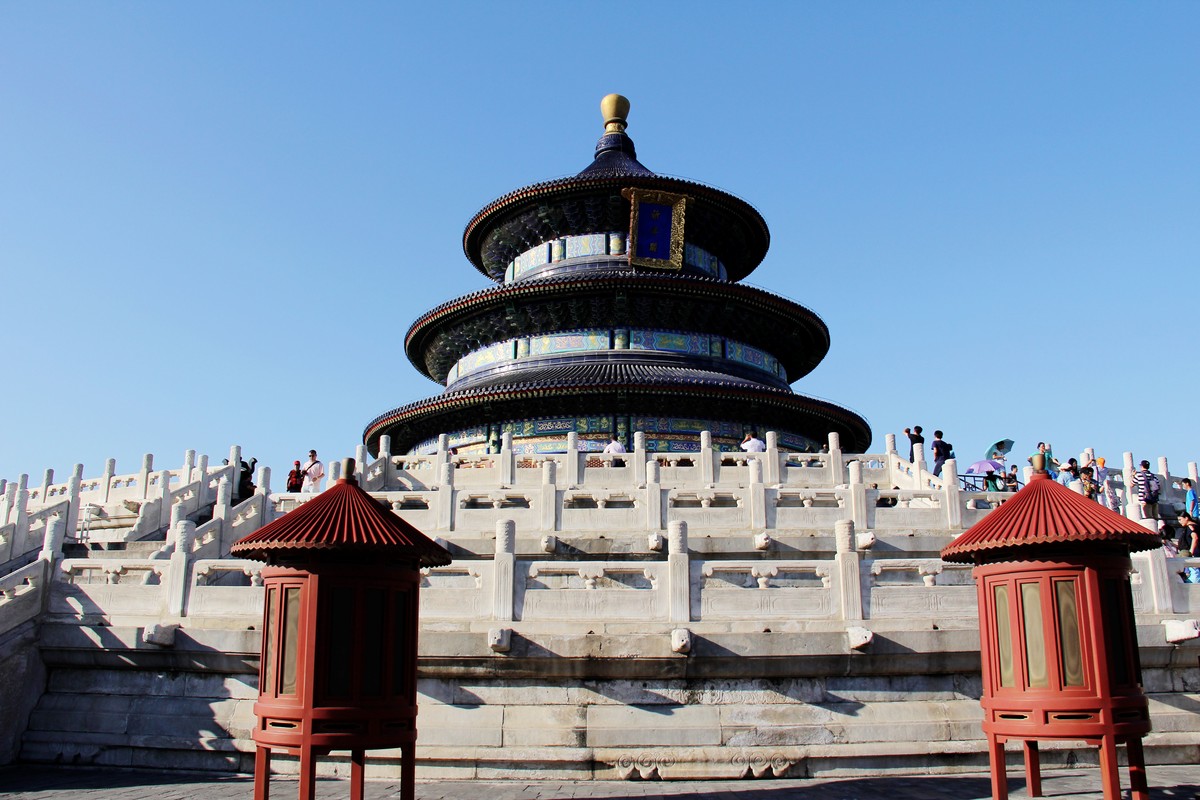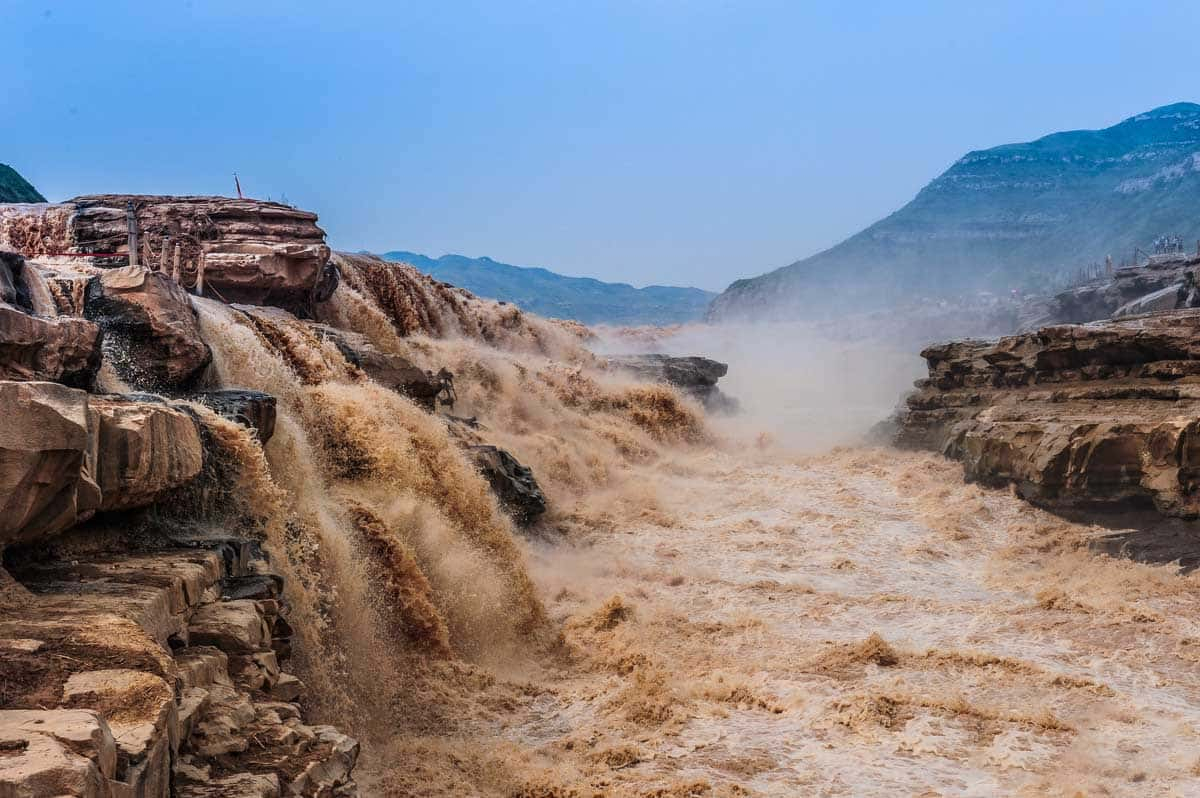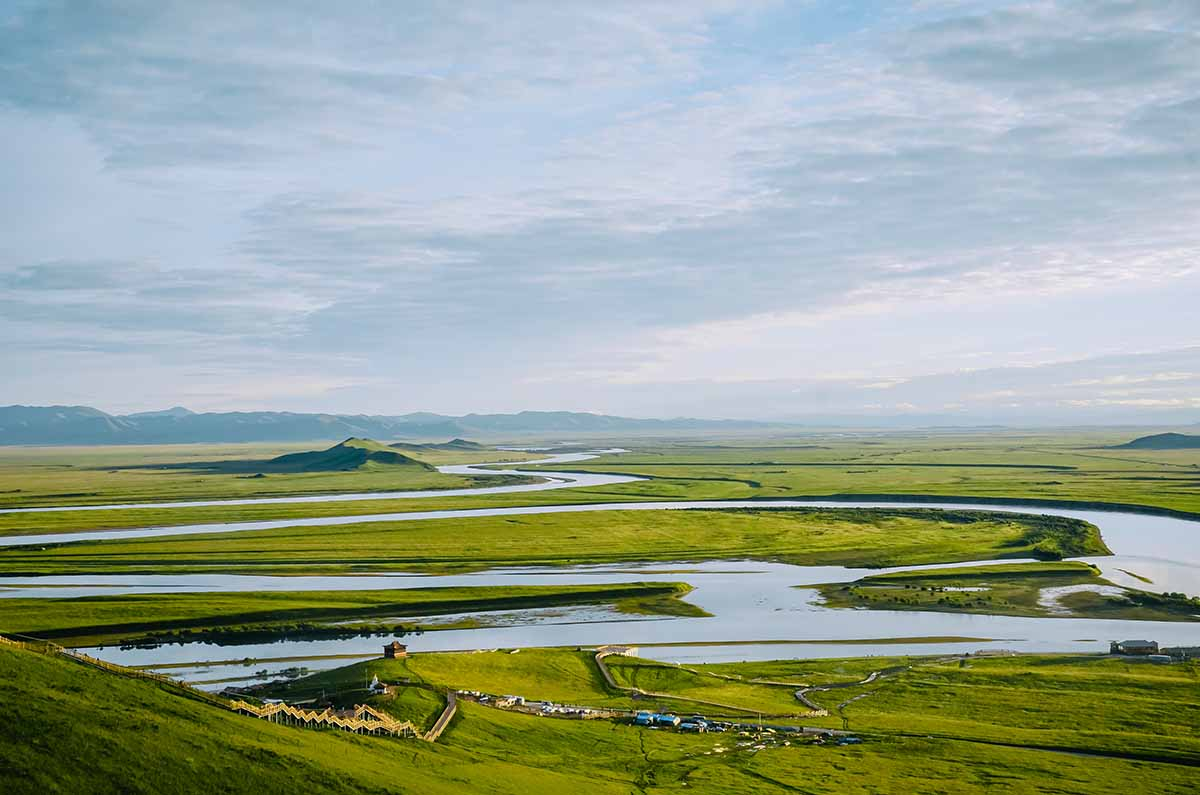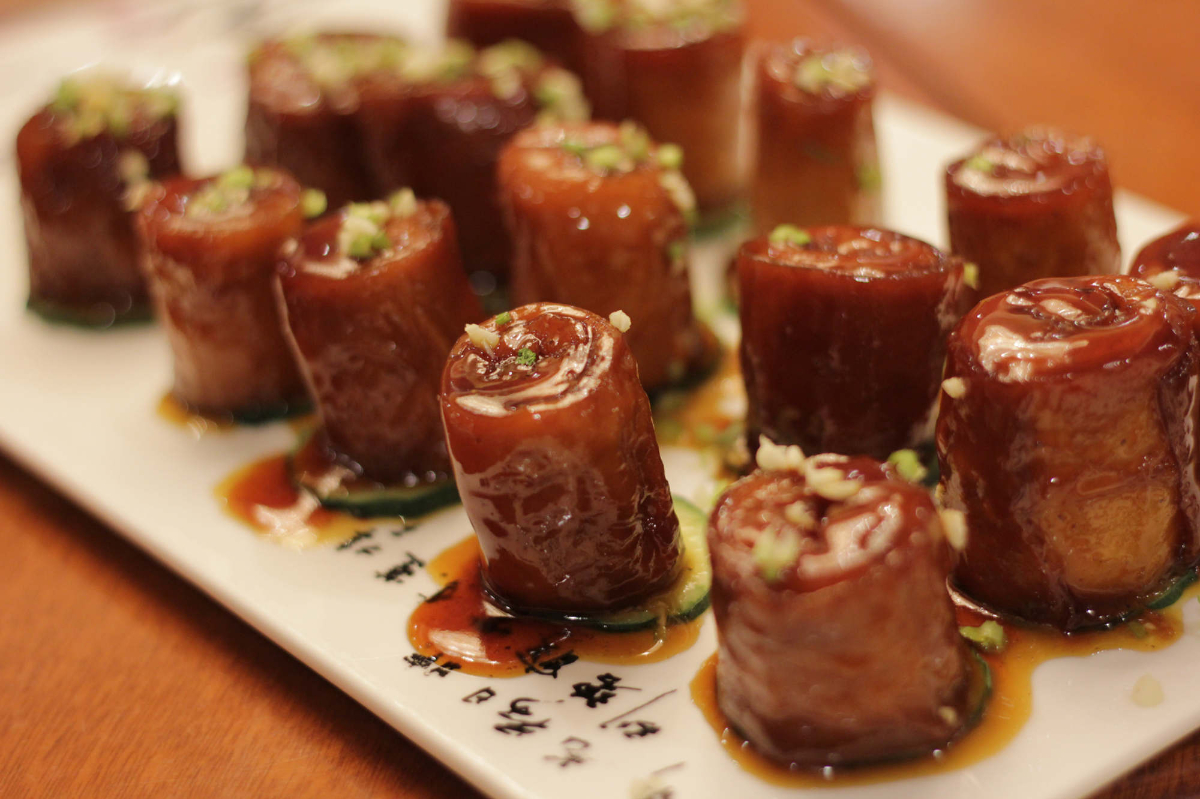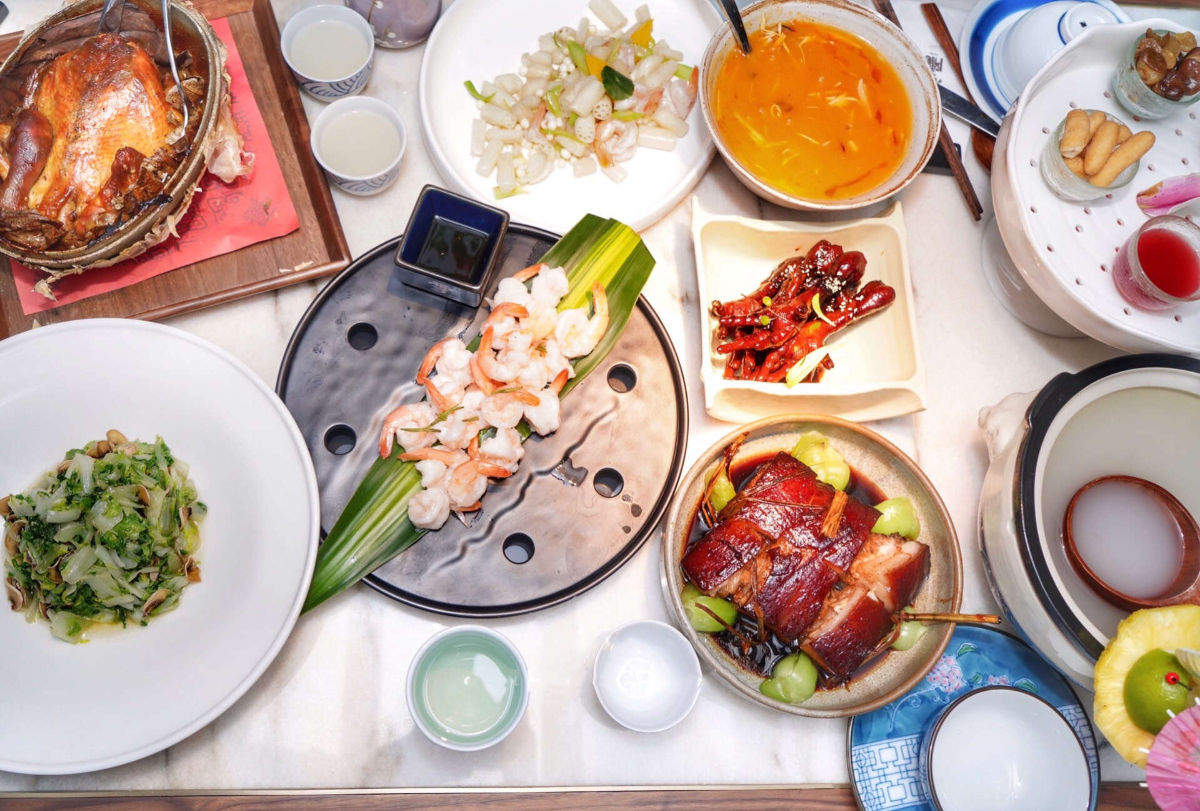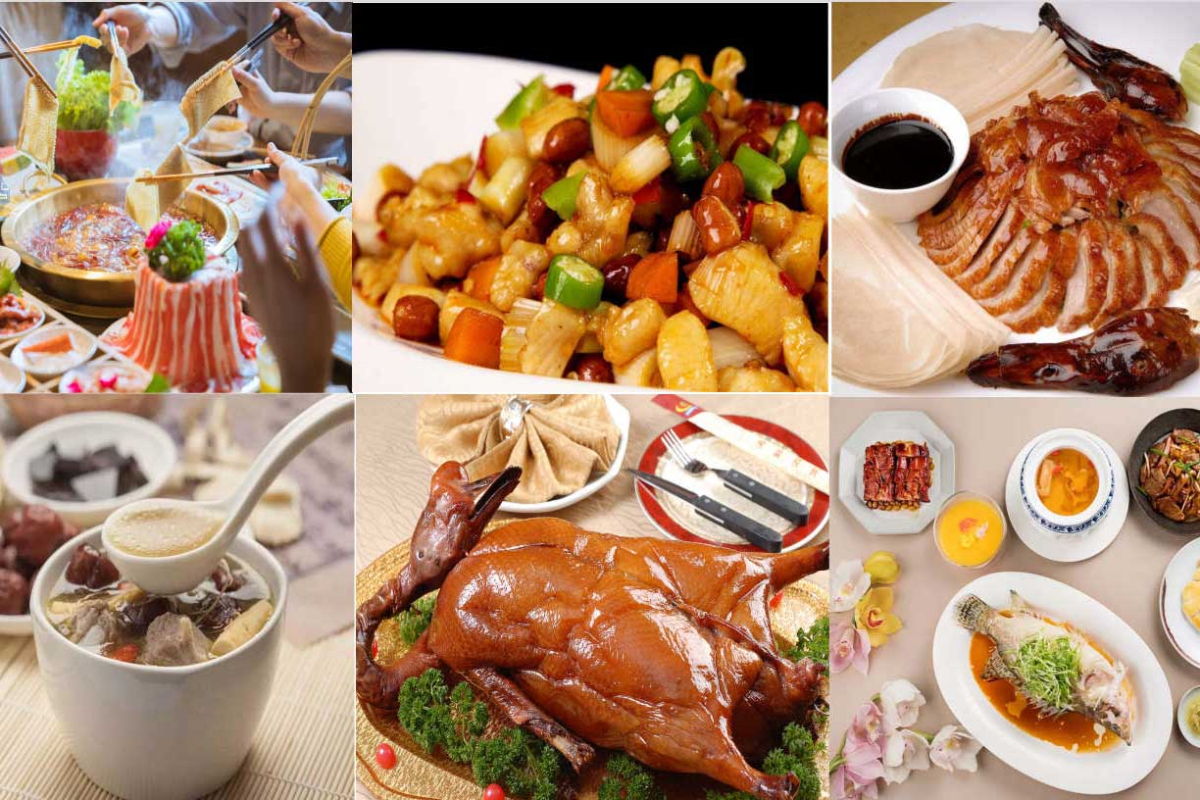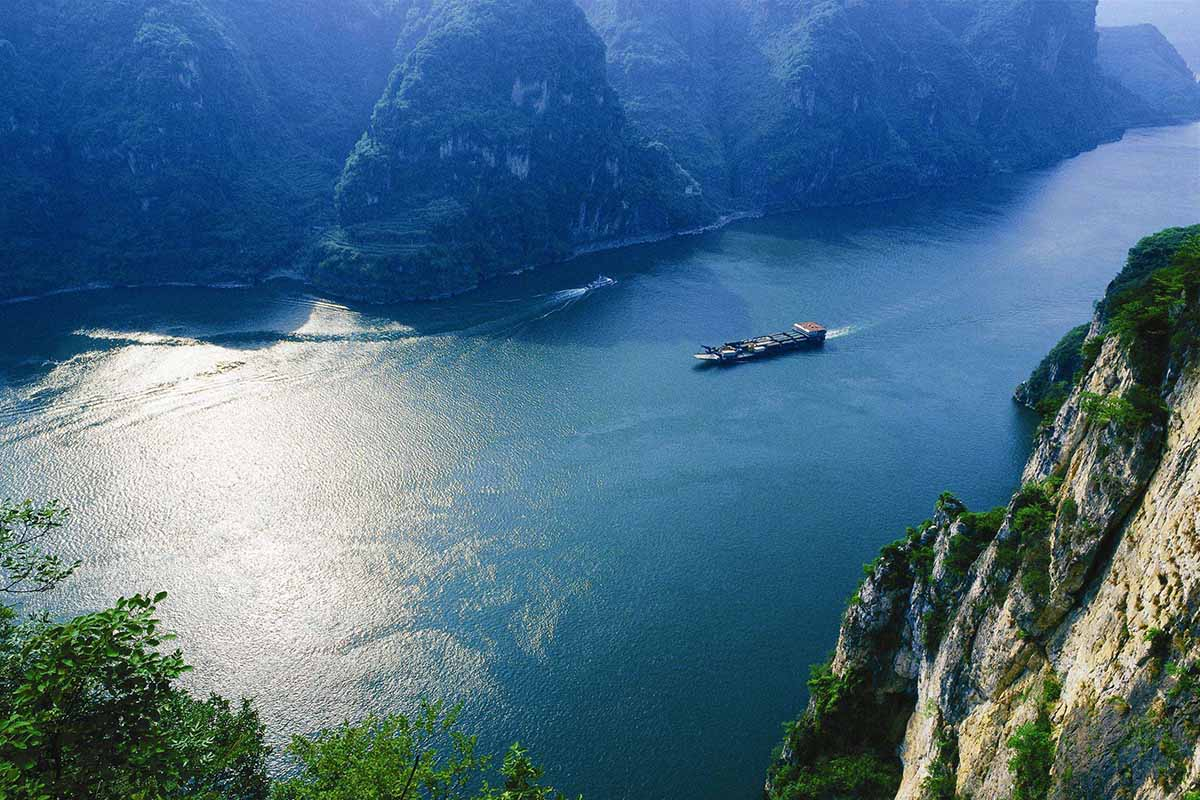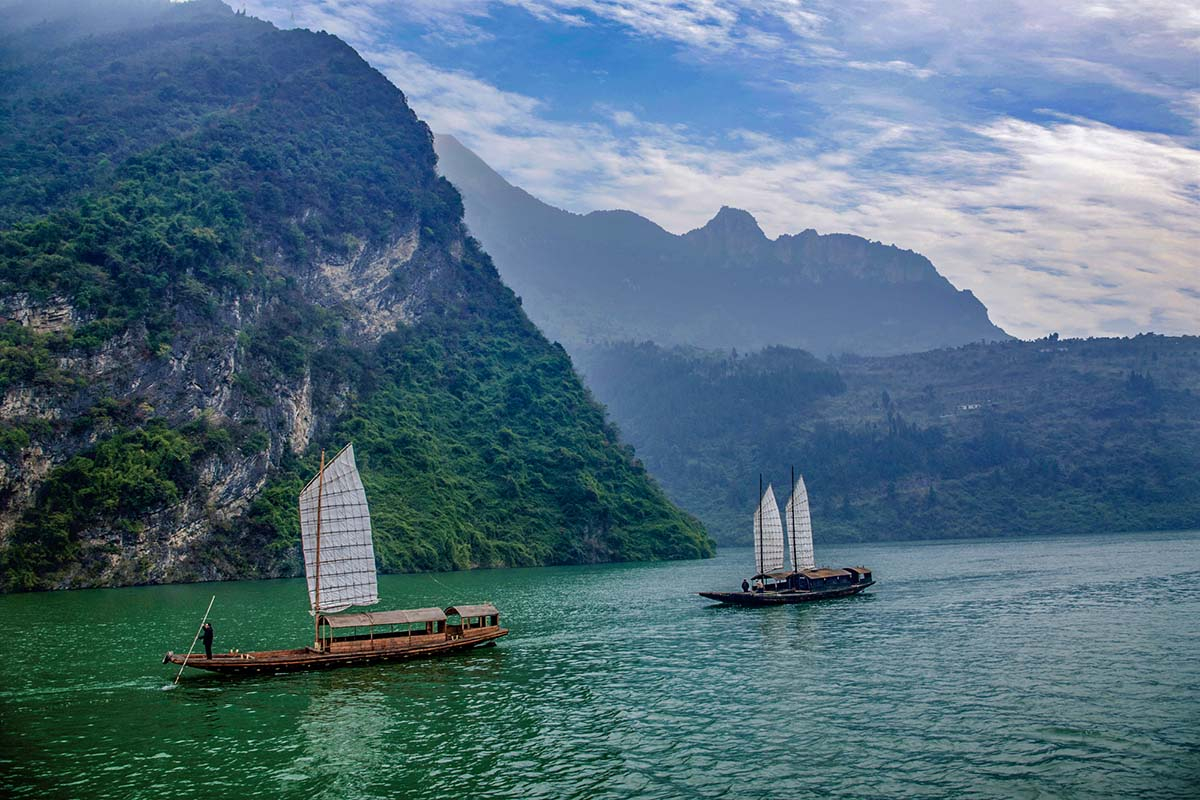A Pick of the best historical sites in China
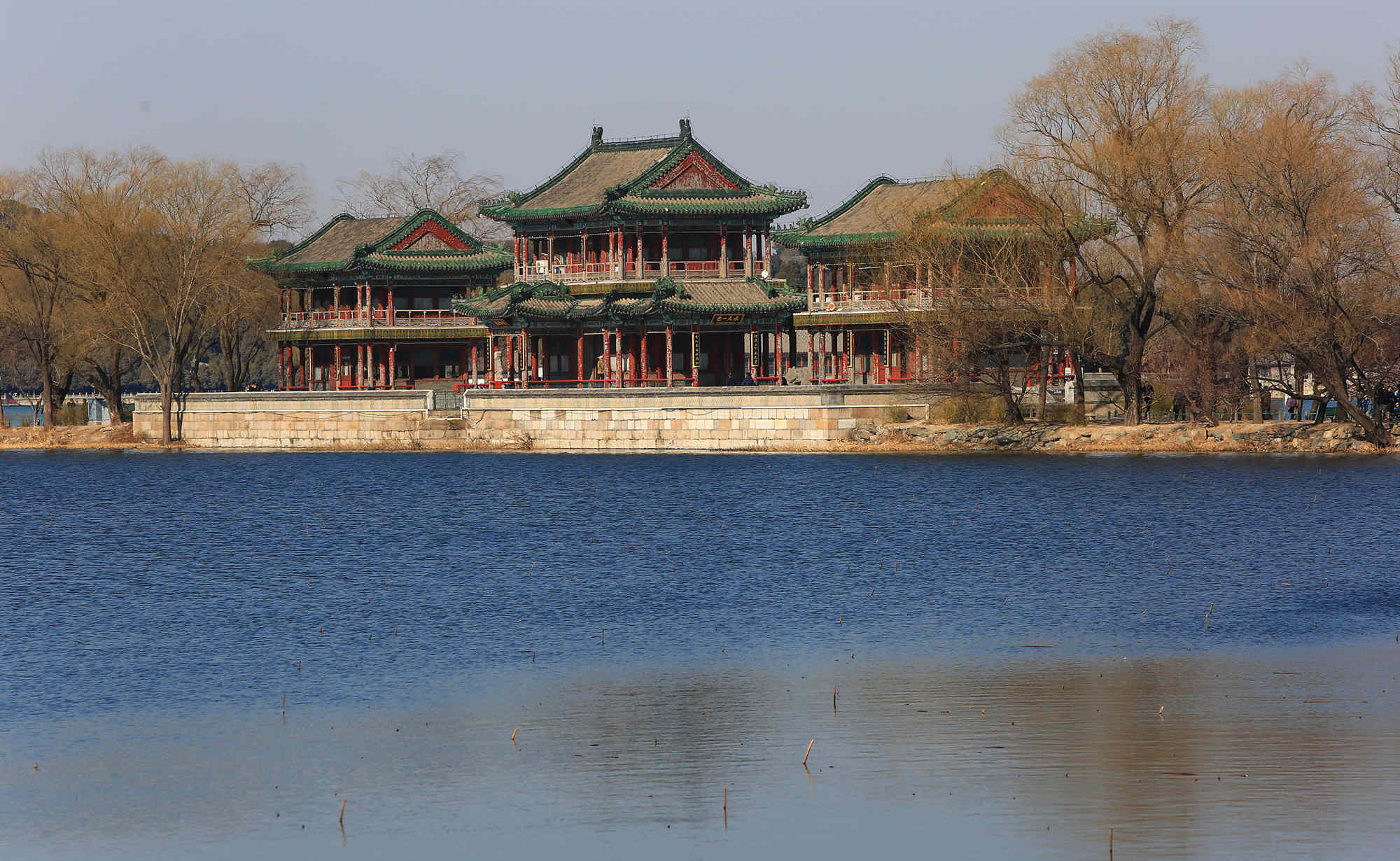
China is a country that has a history longer than most other established nations, and the range of historic locations that are to be found around the country date from one or two hundred years old through to some that are several thousand years old. The legacy of the centuries of dynasties that ruled the country can be seen in both the cities and the rural areas,while there are also historic structures that are truly huge in their scope.
From the Great Wall to the birthplace of Mao Zedong, the Historic Sites in China paint a fascinating picture of this country’s incredible past.
Whether you’re interested in its ancient past, its magnificent dynasties or its more modern story, the Historic Sites in China offer a tangible link to times gone by and a way to immerse oneself in the history.
We’ve put together an experts guide to Chinese cultural landmarks and monuments with our top ten places to visit as well as a full list of Historic Sites in China, which shouldn’t be ignored if you have the time.
01. Forbidden City
Between 1420 and 1912, the Forbidden City was at the heart of the administration of China, and the huge grand complex really does represent the wealth and the power of the royal dynasties that built and expanded on this amazing palace. There are several important buildings that have been built during the period that the Forbidden City was in full use, along with the protective walls, and the importance of this site has also been marked by UNESCO, who marked the area as a World Heritage Site.
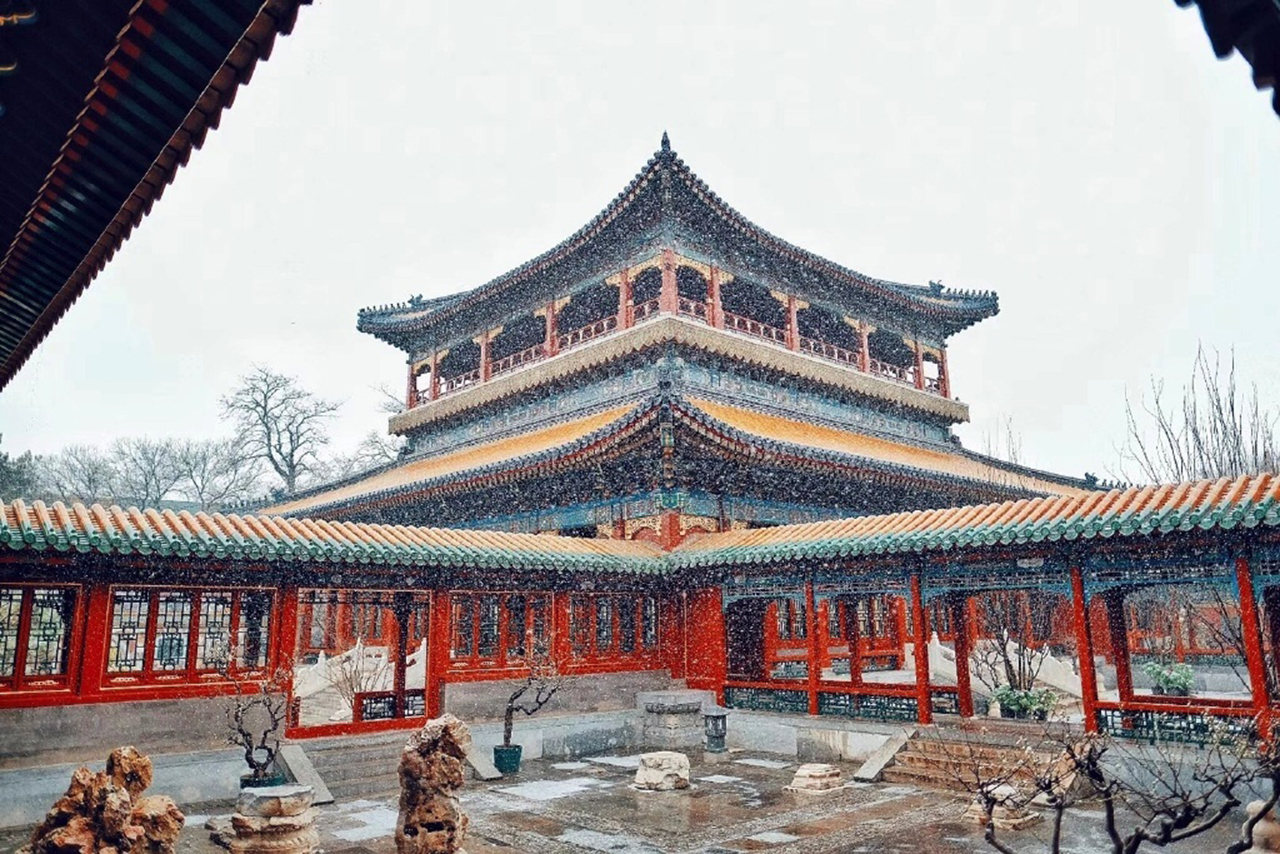
02. Great Wall Of China
The Great Wall is one of the most famous parts of Chinese history, and today there are still several areas of the wall which can be visited, and while some parts are in ruins, other parts of the wall are still safe and can be walked upon. Jinshanling is one part of the wall where it can be seen stretching away over the hillsides ahead of you, while the impressive towers on the part of the wall at Mutianyu near Beijing are another regularly visited part of the wall.
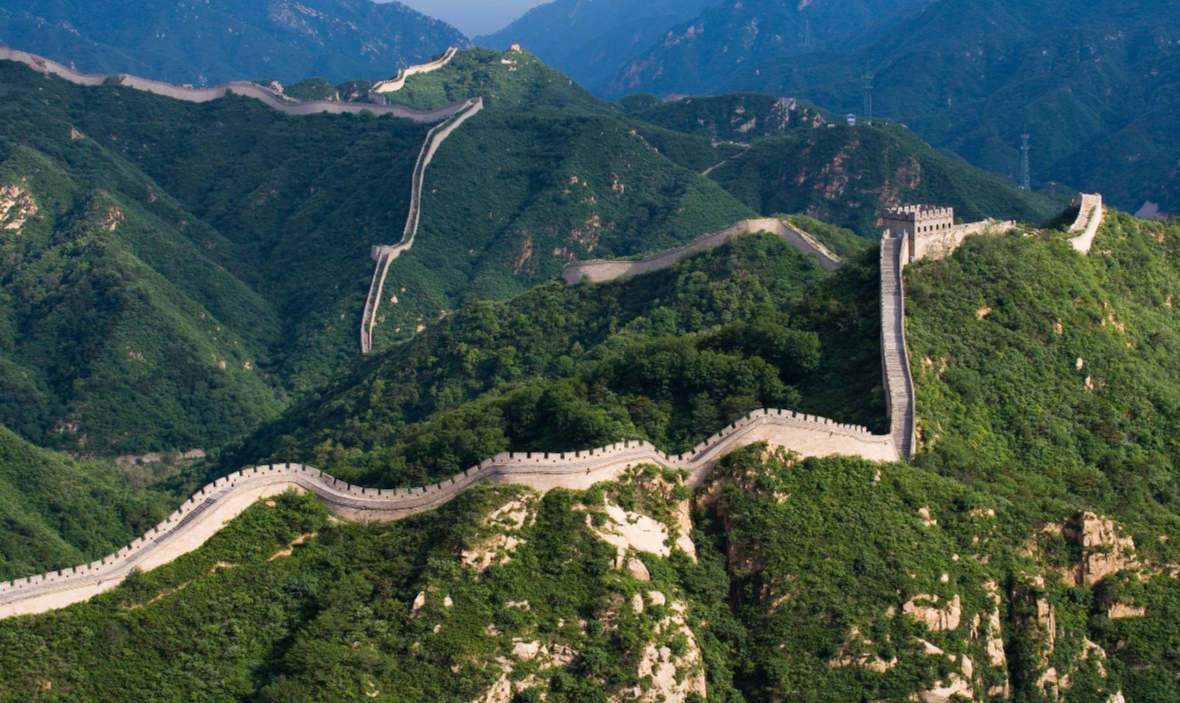
03. Mogao Caves
Also known as the Caves of the Thousand Buddhas, this is one of the most important sites in Buddhism and has examples of Buddhist art from different eras spanning a period of a thousand years. The caves themselves lie just a short distance from the route of the Silk Road, and one of the most significant caches of documents was discovered in 1900 in the 'Library Cave', which had actually been sealed in the eleventh century, while there are many other caves worth exploring in the complex for their wonderful art.
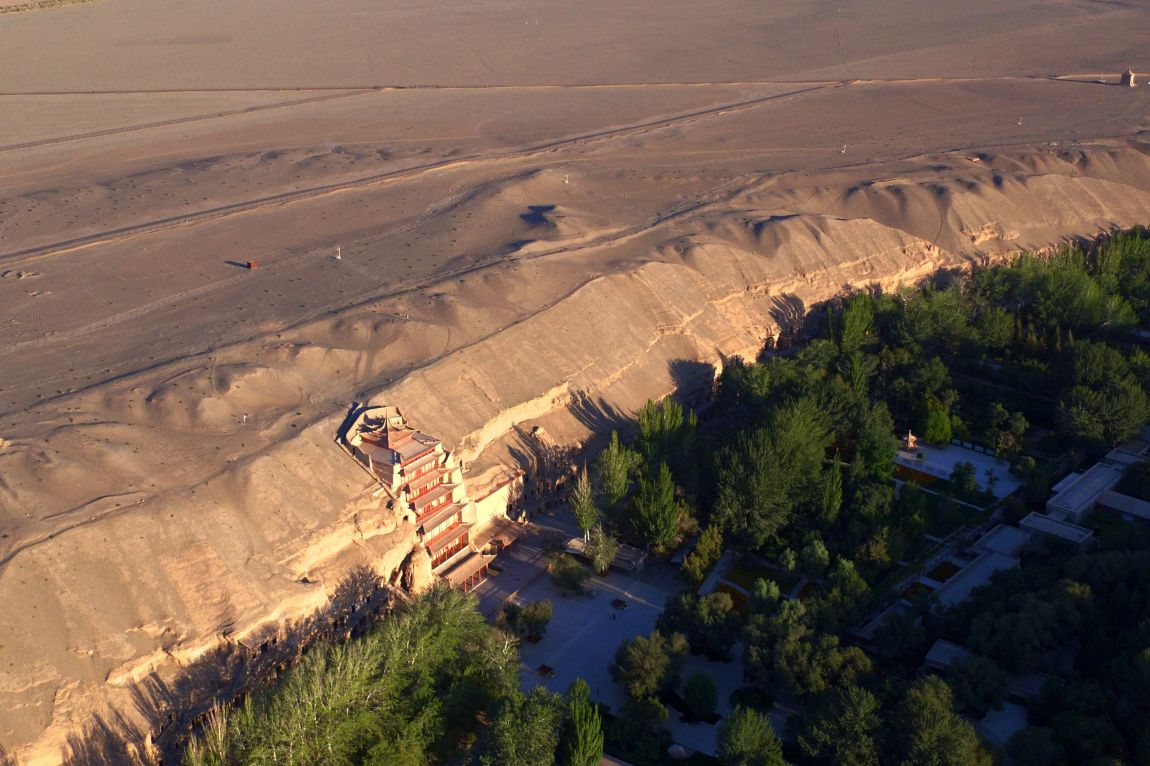
04. Terracotta Army
One of China's most famous historical sites, this amazing range of terracotta figures dates from around the third century and has a huge number of different types of life size figures, including horses, chariots, a cavalry section and hundreds of soldiers. Spread in three pits, these figures were depicting the armies of Qin Shi Huang, and it is believed that their purpose was to help to protect the emperor once he arrived in the afterlife.
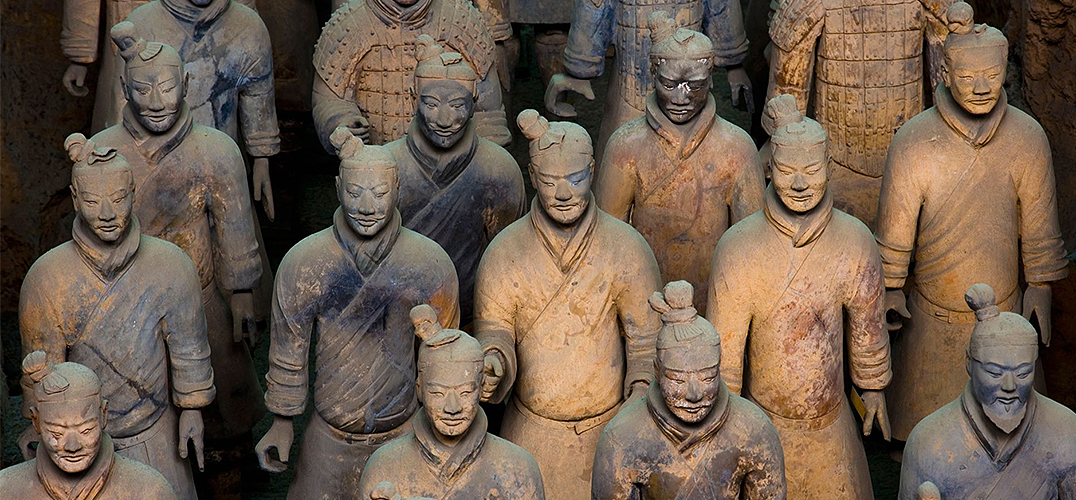
05. The Potala Palace
The historic and iconic Potala Palace was the traditional home of the Dalai Lama, although hasn't been occupied by him since the mid twentieth century, when the current Dalai Lama fled to India during the arrival of the Chinese forces in Tibet. Standing on an outcropping overlooking the city of Lhasa, the palace is very distinctive with its white and red color scheme, and has thousands of sculptures and artworks, many of which can be seen throughout the area of the palace which is open as a museum.

06. Leshan Giant Buddha
This impressive statue of Buddha is believed to have been carved in the eighth century, and is an impressive monument to the religious beliefs of the local people, measuring 71 meters in height. The statue itself was carved from the red stone of the hillside, and an impressive drainage system has helped to ensure the statue remains stable and doesn't suffer from too much weathering, and the statue is also a part of the Mount Emei Scenic Area, which is an UNESCO World Heritage site.
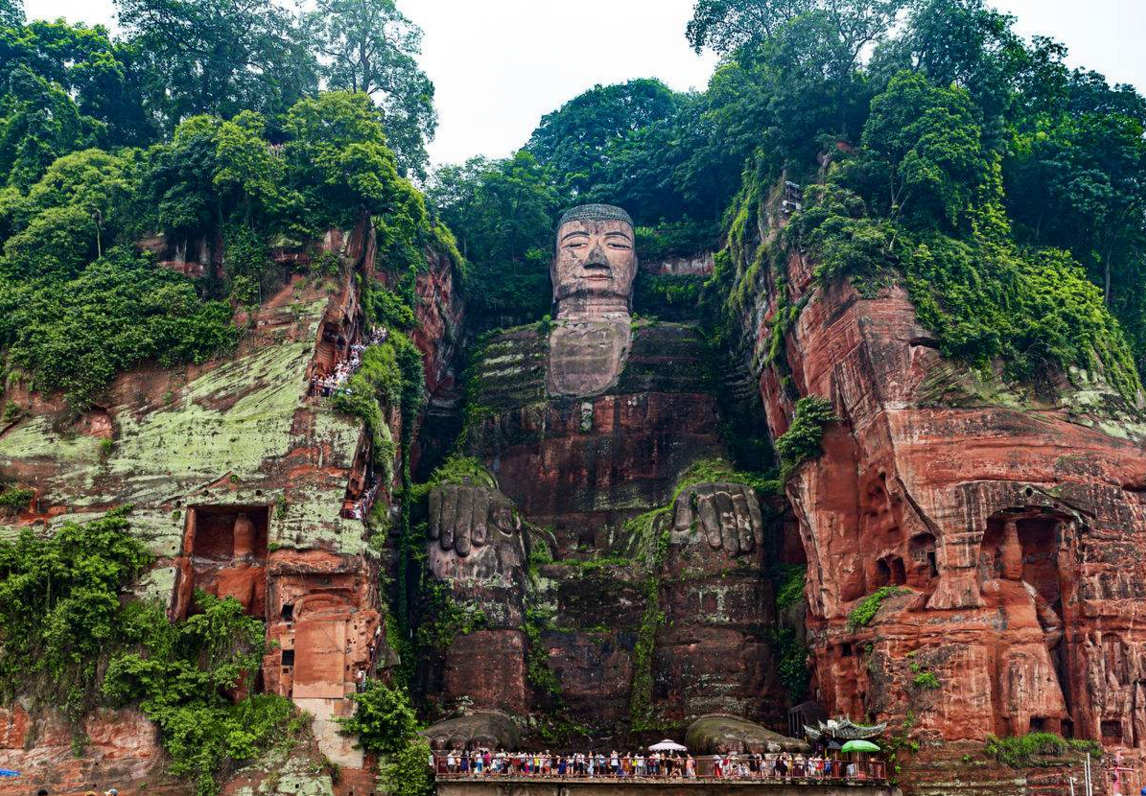
07. Dujiangyan Irrigation System
Dujiangyan, a famous scenic area located in the west of Dujiangyan City, Sichuan Province, is still used today since it was built in 256 BC. Dujiangyan, known as the most important heritage site under state-protection, is the oldest and the only preserved dam-free water diversion irrigation infrastructure in the world. Dujiangyan Irrigation System consists of three main constructions. These constructions were well built in order to prevent flooding and to keep the farmland well supplied with water.
Besides the dam, there are many well-known scenic spots around Dujiangyan such as Two Kings Temple, Dragon-Taming Temple and Anlan Suspension Bridge. Anlan Suspension Bridge, one of the Five Ancient Bridges of China, was rebuilt in 1974 with reinforced concrete and steel, and decreased the height by 100 meters.
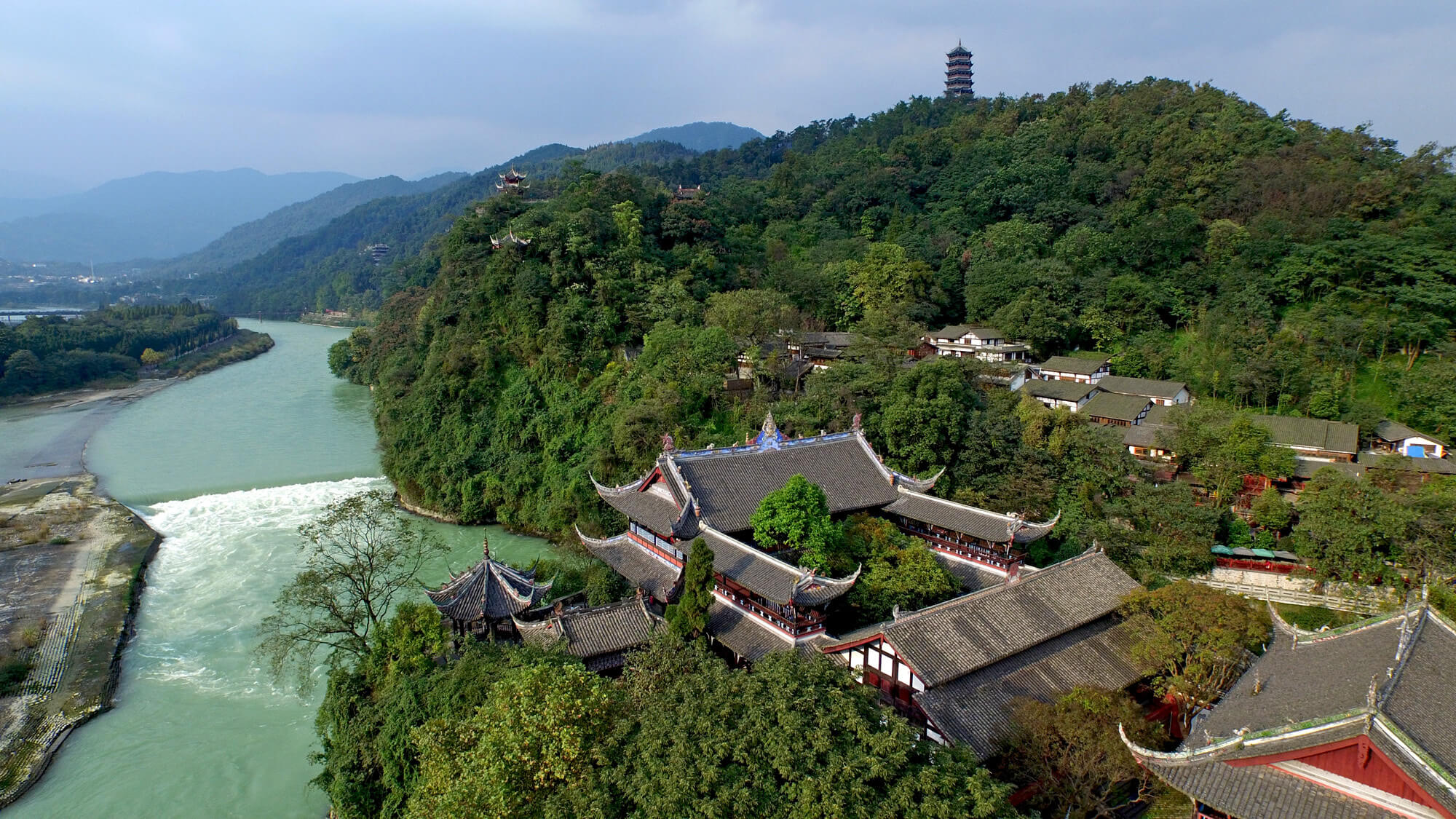
08. The Summer Palace
The Summer Palace is China’s largest imperial garden. UNESCO added this 300-hectare (740-acre) site to the World Heritage List in 1998, and described it as “...a masterpiece of Chinese landscape garden design. The natural landscape of hills and open water is combined with artificial features such as pavilions, halls, palaces, temples and bridges to form a harmonious ensemble of outstanding aesthetic value.”
The Summer Palace was a royal summer resort in the Qing Dynasty (1644–1911), so the architectures and the layout there are quite exquisite. Boat cruises are available on Kunming Lake. There are numerous stores in Suzhou Street, selling souvenirs like antiques, snacks, silk, jewelry, and tea. The shop assistants there are dressed in the costumes of the Qing Dynasty.
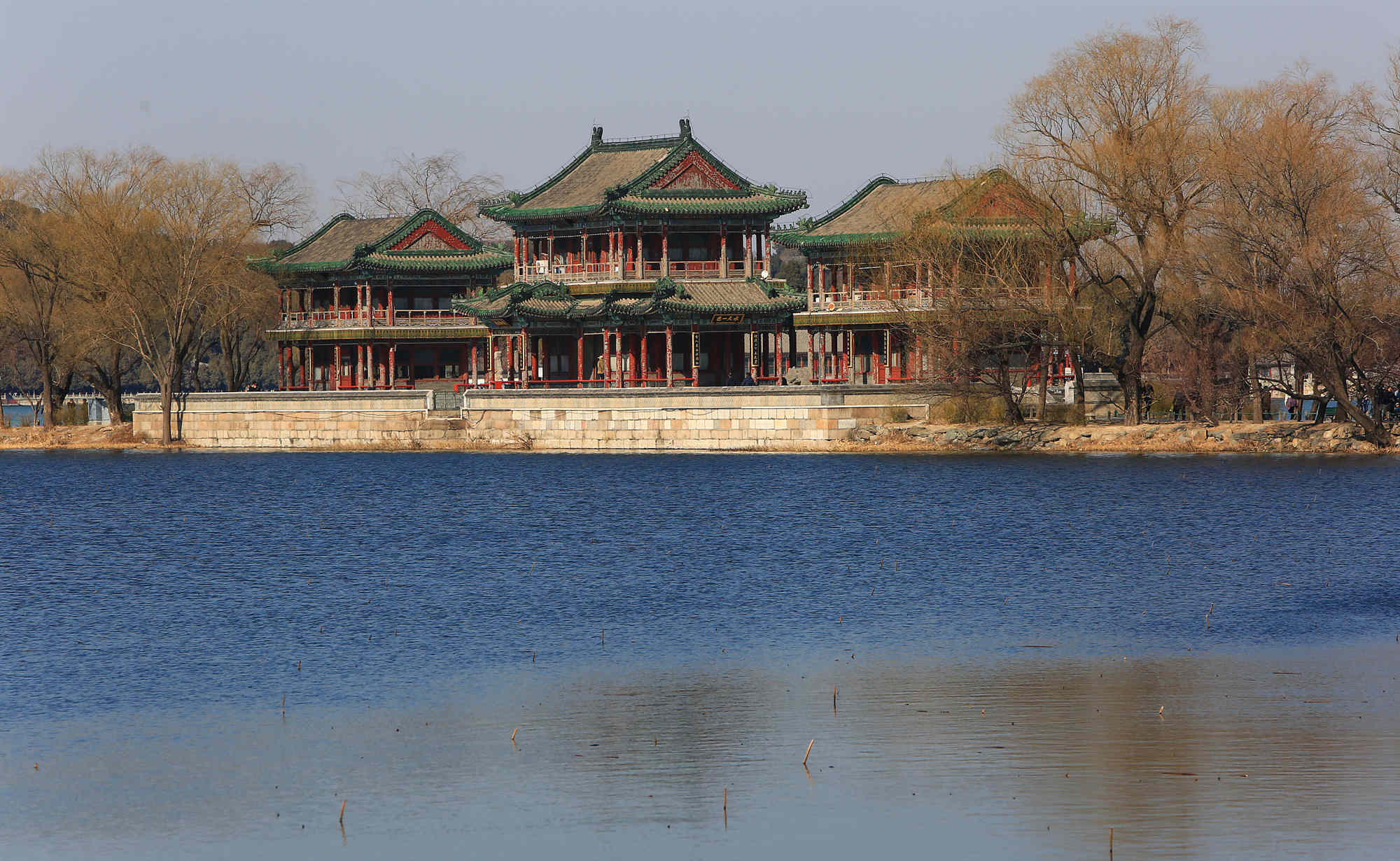
09. The Three Confucius Sites
Confucianism is a cornerstone of Chinese civilization. The Three Confucius Historical Sites (三孔 San Kong) are all in Qufu, Shandong Province. Ancient architectural buildings, ancient stone tablets, and Confucius culture are the highlights.
The Kong Family Mansion was where the descendants of Confucius lived. It is huge and designed to reflect Confucian philosophy in its separation of areas for work, reception, and relaxation. The 480 rooms house a treasure of relics including imperial calligraphy.
The Cemetery of Confucius has become the graveyard of the Kong family, and more than 100,000 of Confucius’ descendants are buried there. It is called Kong Lin ('Confucius' Forest').
Qufu Confucius Temple is the second largest scale ancient architectural complex in the world, after the Forbidden City. The temple was originally built as Confucius’ house, and was changed into a temple to worship Confucius in the second year after his death. After that, extension of the temple continued, and today’s 95,000 square meters was completed in the Yongzheng Period (1722–1735) of the Qing Dynasty.
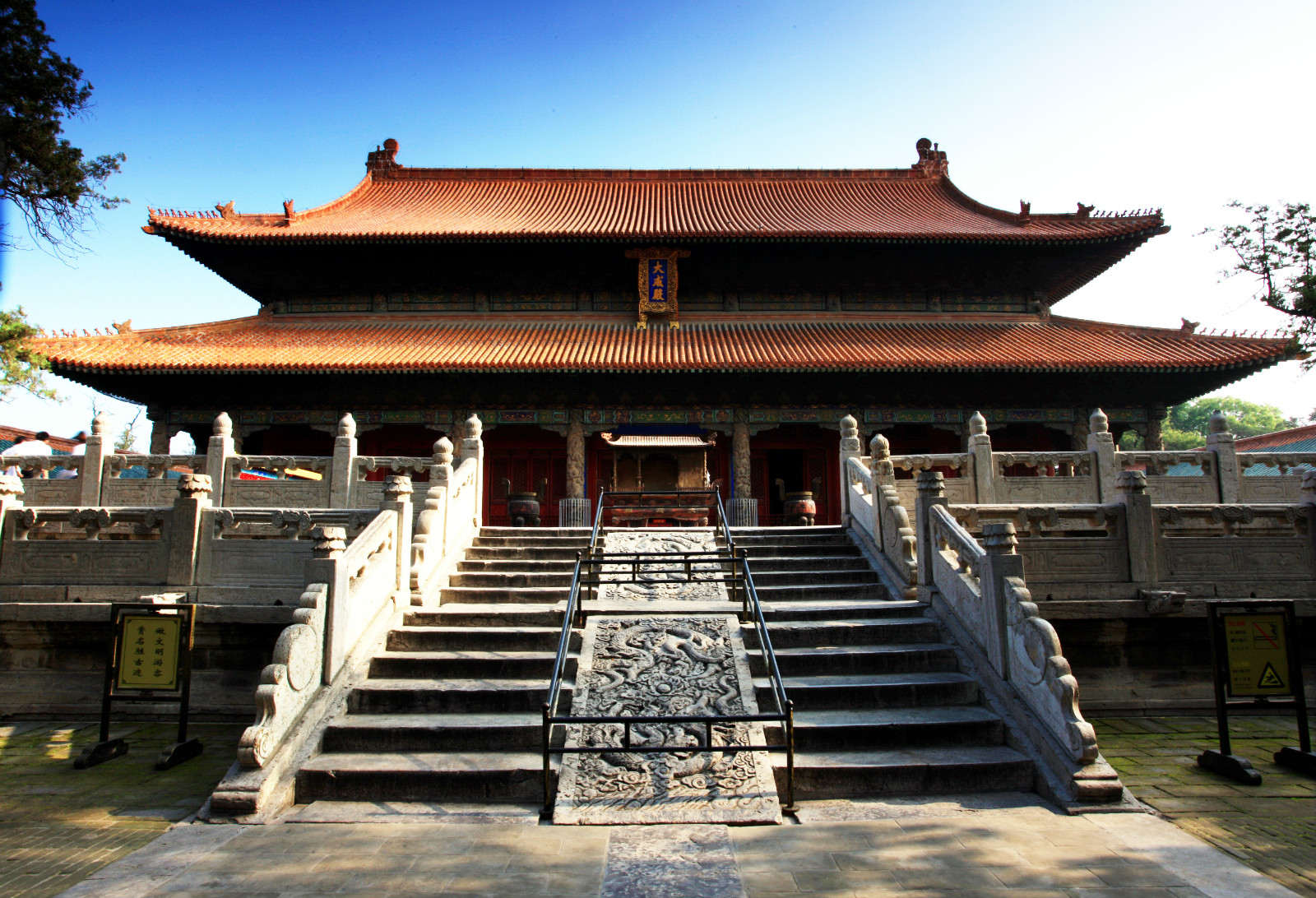
10. The Temple of Heaven
The Temple of Heaven is an imperial complex of religious buildings situated in the southeastern part of central Beijing. The complex was visited by the Emperors of the Ming and Qing dynasties for annual ceremonies of prayer to Heaven for good harvest.
The Temple of Heaven was inscribed as a UNESCO World Heritage Site in 1998 and was described as "a masterpiece of architecture and landscape design which simply and graphically illustrates a cosmogony of great importance for the evolution of one of the world’s great civilizations..." as the "symbolic layout and design of the Temple of Heaven had a profound influence on architecture and planning in the Far East over many centuries.
